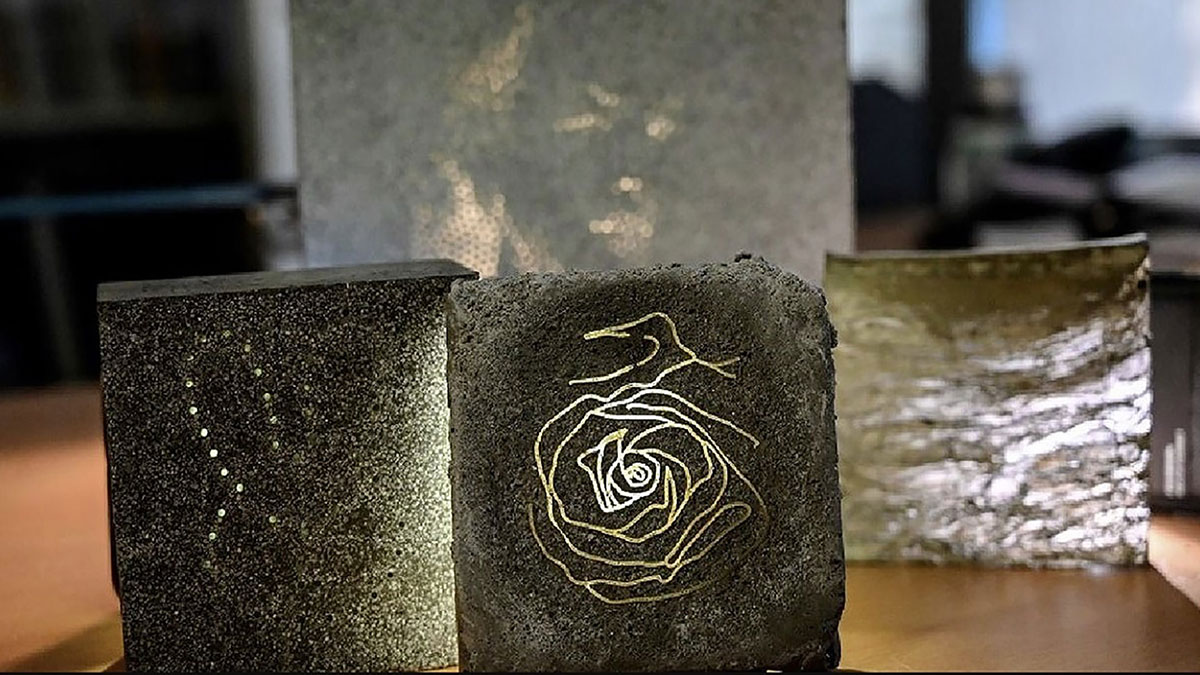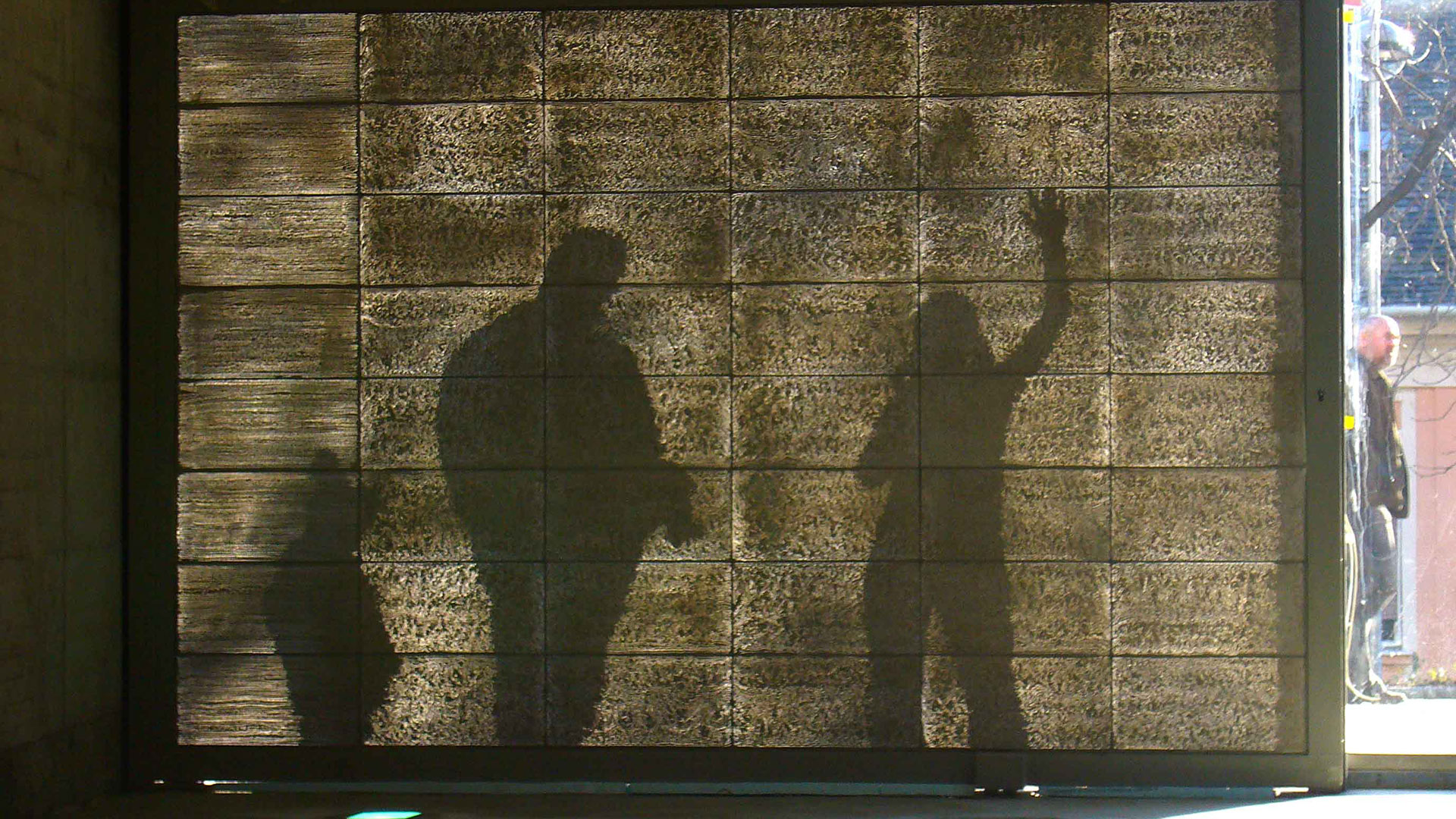Translucent concrete, a material that was developed in the early 2000s, offers new possibilities in the design and construction of, amongst others, hotels and resorts, shopping centres and, in general, architecture for leisure and tourism, which is Amusement Logic’s speciality. It is a special concrete, a novel solution that allows the passage of light and the perception of the silhouette of the objects behind it.
Translucent concrete is achieved in two different ways, each resulting in different characteristics. In the first case, translucent concrete is obtained by incorporating optical fibres in its composition. This concrete has fibre optic filaments with a diameter of between 2mm and 2 microns, up to 4% of its volume, oriented between the opposite faces of the construction element. The passage of light is achieved in the direction of the fibres, whilst in other directions the concrete remains opaque.

Often, the use of fibre-optic concrete is a mass construction without reinforcement. Where reinforcement is required, the steel bars are replaced by transparent plastic bars of similar strength, so that the concrete retains its translucent characteristic.
In the case of translucent polymer concrete, the binder (cement) is partially replaced by a transparent polymer. In contrast to the previous case, translucency occurs in all directions. In this type of concrete, the aggregate remains visible and must be adjusted according to the grain size.

There are various applications in design and construction for these translucent concretes, whether in structural elements, in decoration and interior design, in casings, or in sculptural or furniture elements. In addition, solutions have been developed that include thermal insulation integrated in this type of concrete, so that they can also be used in façades. In terms of cost, they can reach up to 5 times the cost of traditional concrete.
By Jorge Laguna, head of the structures section of Amusement Logic’s Architecture Department.






